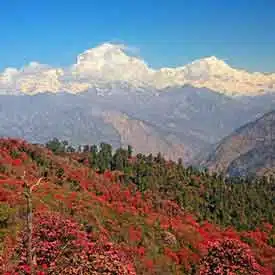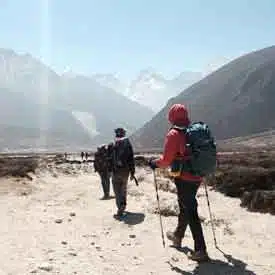Nepal generally has very consistent weather. Monsoon begins in late May or early June and goes through until late September or early October. The coldest temperatures are generally in mid-November through mid-February, and the hottest ones are in May. However, temperatures can vary greatly depending on where and when you’re traveling, so it’s best to check ahead of time! If you’re going to be in the mountains at a higher elevation, you’ll want to pack warm layers no matter what time of year you travel.
SPRING – Mid-February, March, April
Springtime in Nepal brings occasional showers and rains. The days are mild, and new vegetation sprouts all around. Temperatures in the lowlands tend to be warmer, while areas at higher altitudes enjoy moderate temperatures.
Trekking among the newly bloomed Rhododendron (national flower of Nepal that blooms in spring) is a wonderful experience – landscapes are filled with color and texture.
As always, packing for this season depends entirely on your location. At higher altitudes, men might want to pack long-sleeved t-shirts, hoodies, and a pair or two of shorts for warmer days. Ladies can opt for leggings, t-shirts and a warmer sweater for when temperatures drop. Temperatures average between 61°F and 73°F (16°C to 23°C).
SUMMER – May, June, July, August
Summers in Nepal are quite warm. You will find that the hot, dry days are more comfortable than the wetter, more humid ones that fall under the monsoon period. In the southern parts of Nepal, like Terai, summer temperatures can exceed 98°F. In the more mountainous regions, summers are far more temperate.
Should you be heading out in the evenings, expect some thunderstorms to accompany the sunsets as you head out for a traditional dal-bhat-tarkari dinner. Bring along your foldable umbrella and lightweight rain jacket when walking about town. Remember to bring along a cheaper pair of shoes that you can wear to temple visits (you are required to take your shoes off before entering temples and expensive shoes might go missing). It’s advisable to cover your knees and shoulders, too, so bring along a light scarf for the warmer months to help cover your arms and chest when needed. Temperatures average between 75°F and 95°F (24°C to 35°C) depending on the region.
FALL – Mid-September, October, November
Fall is usually the busiest time of year in Nepal and is when tourists flock to the county to make the most out of the glorious weather and outdoor excursions. This is the season to embark on a trekking journey that promises mountain views and crisp air.
During this season Nepal celebrates the biggest Hindu festivals: Dashain, followed by Tihar. Pack
warmer jackets and
sweaters for wildlife jungle safaris and rafting excursions, but be prepared for a some days that will reach well up to 75°F, with evenings that usually dip below the 70s Fahrenheit.
Packing for this season requires a bit of planning, but you can get away with mostly summer clothing that includes a few warmer garments for nightfall. Temperatures average between 59°F and 75°F (15°C to 24°C).
WINTER – December, January, February
Snowfall at higher elevations occurs from time to time, and it will remain frosty due to the colder temperatures at elevated heights. Avoid trekking at high elevations during the winter unless you have a great guide and the proper gear. Days offer plenty of sunshine, but you will definitely need to cover up more at night. Winters usually last until February, with very little rainfall, but you will find that the western parts do have more rainy days than the eastern parts of the country.
Packing for this season requires warmer packable down jackets, long johns, thick socks, hoodies, and perhaps even scarves. However, you will need to consider your itinerary and whether or not you will be trekking at higher elevations. In winter, if you do visit places like Lumbini (the birthplace of Buddha) you will need warmer and more supportive shoes, but it’s vital to plan ahead: you might want to wear a cheaper pair of shoes for temple visits. There have been times when visitors would return to the shoe cabinet, only to find their shoes gone – this is not always the case, but it’s important to be aware of this.
Should you find yourself without a pair of shoes, make your way to the nearest street trader for a pair of slips-on like loafers. Temperatures average between 48°F and 54°F (9°C to 12°C) depending on the region.




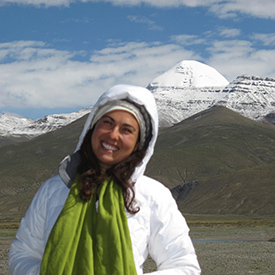
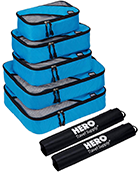
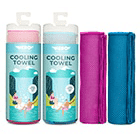

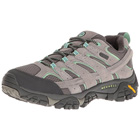
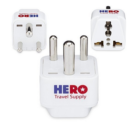
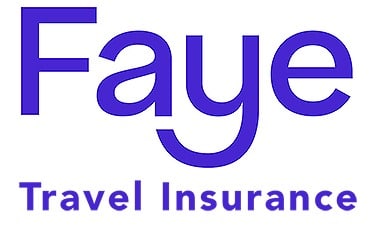
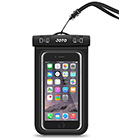
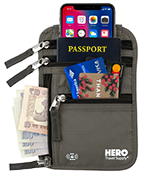

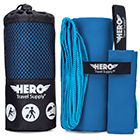

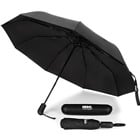
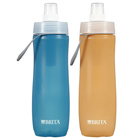
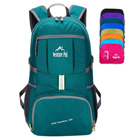
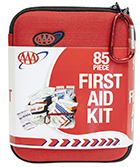

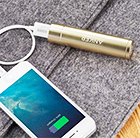
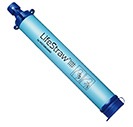

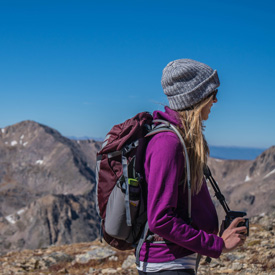




















![Hoodie-Sweatshirt-1] Sweatshirt](https://www.asherfergusson.com/wp-content/uploads/2021/11/Hoodie-Sweatshirt-1.jpg.webp)






